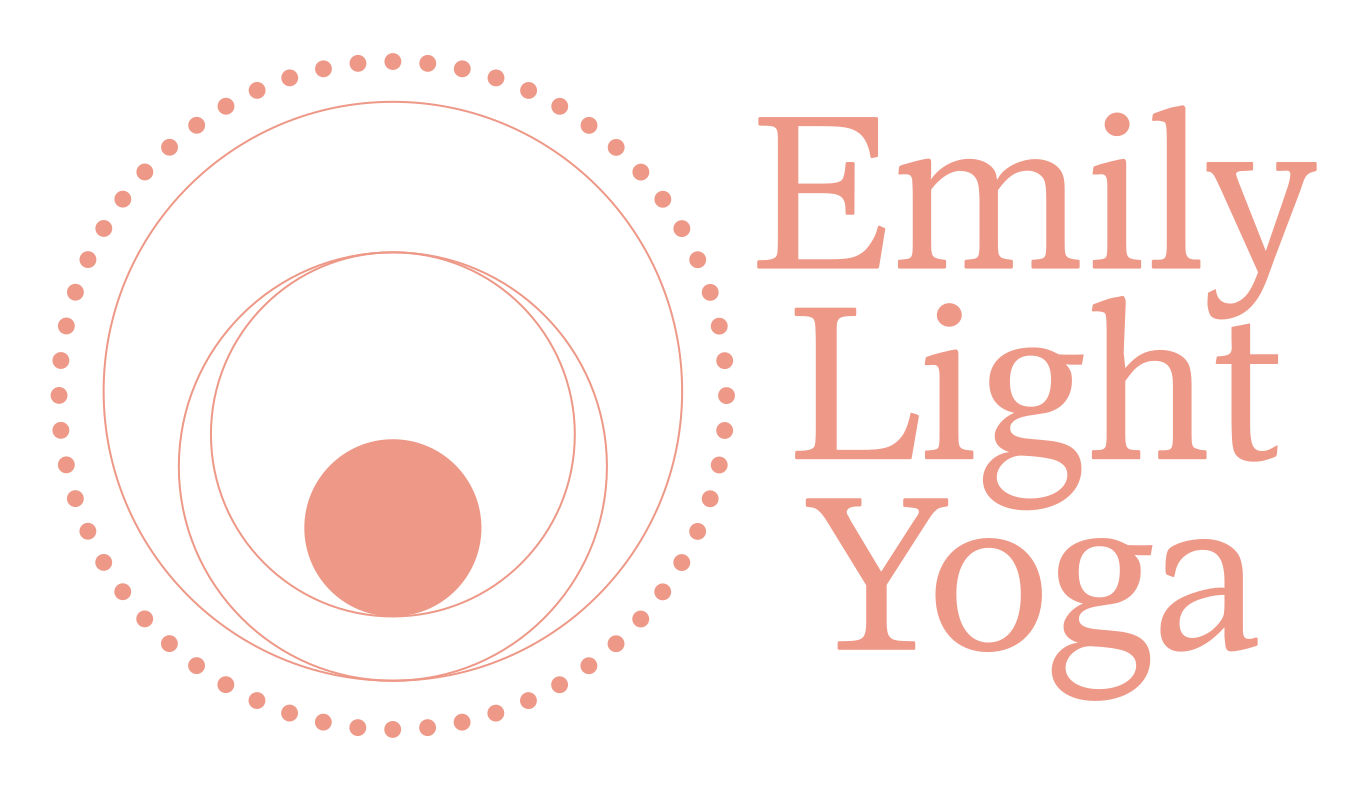Pressure Chamber Breath
This is a pranayama that helps us to adapt to the external pressures of society, community, family and partnership, and our own expectations of ourselves. This breathing exercise intentionally creates more pressure in the thoracic and abdominal cavities, and also provides the opportunity to choose when to release that internal pressure. Explore this pranayama when there's anxiety, anger, overwhelm or defeat. Sometimes when we're stressed out, it's difficult to take a deep breath. This practice mobilizes the respiratory diaphragm, making deeper breaths more accessible and easeful.
Begin by sitting tall, with your eyes closed. Interlace your fingers and rest your hands on the top of your head, or take your fingers to your shoulders.
Inhale slowly through your nose.
Hold your breath in and draw your low abdomen in towards your spine. Remain here as long as you can without strain, with your face, jaw, tongue and neck relaxed.
Exhale slowly through your mouth (with pursed lips like you're blowing out a thousand candles) while moving your hands down towards your lap. If your hands were on your head, you can press them down in front of your torso. If your fingers were resting on your shoulders, you may either join your hands together or press your hands down each side of your torso. Feel free to adapt the arm and hand positions as you like.
Let your body breathe you for a breath or more in between rounds.
Repeat a total of 3-5 times, or more.
This practice is contraindicated in the following circumstances: pregnancy, hernia, diastasis recti, prolapse, high blood pressure, glaucoma, and any other pressure-sensitive state. If any of this applies, skip the part where you hold your breath in. Instead after you inhale begin your exhalation.

